How to Fix Screen Flickering in Windows 10
How to Fix Screen Flickering in Windows 10
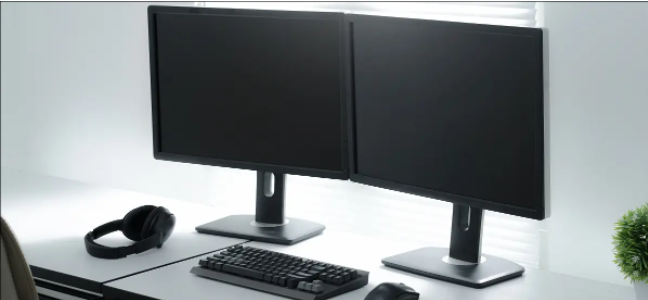
The screen on your Windows 10 PC can flicker for a variety of reasons. If you’re not sure what’s causing the problem, try troubleshooting and fixing it with these typical remedies, whether you’re using a laptop or a desktop.
Reseat a Loose Monitor Cable
If monitor cables were not correctly inserted the first time, they may become loose. Your screen may flicker as a result of these unsecured wires. If they weren’t plugged in tightly enough, they may loosen over time.
To rule out this possibility, disconnect your monitor’s cable and re-plug it securely from both the monitor’s back and the PC. Make sure the cable is securely fastened and does not seem or feel loose.
This is true for all sorts of cables, which might become loose for a variety of reasons. To perform this procedure, you don’t need to know what kind of cable you’re using.
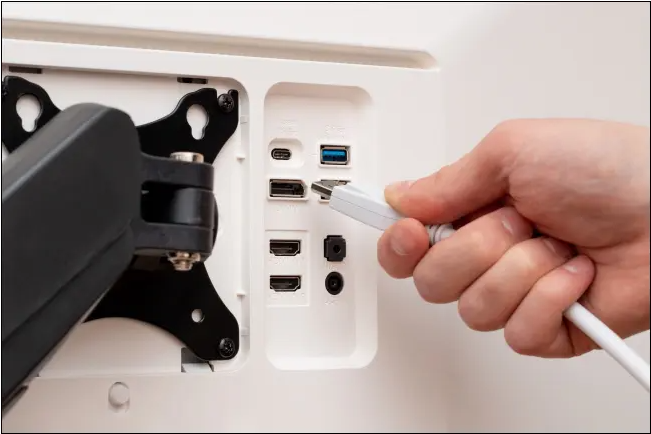
Replace Your Monitor Cable
Monitor flickering is frequently caused by low-quality display cables.
If the cable is damaged, or if you only have a cheap one, replace it with a high-quality cable and use it with your display. By high quality, we mean a cable that either originates from the manufacturer of your monitor or from a reputable third-party manufacturer (Most sites, like Amazon, display reviews for each product.).
If you’re not sure which cable type you require (whether HDMI, DisplayPort, or DVI), consult our HDMI vs. DisplayPort vs. DVI guide. Then, go to a site like Amazon and search for the cable you have (for example, an HDMI cable), and you’ll find a plethora of possibilities.
The cable types that your monitor supports are also included in the monitor’s manual. A display usually accepts numerous cable types, so if your current cable is an HDMI cable, your next option might be a DisplayPort cable. They all work in the same way.
That will resolve all of your cable-related difficulties, including screen flickering (That is if the issue was caused by the cable.).
Uninstall Problematic Apps
Apps might also cause the screen on your Windows 10 PC to flicker. Some Norton products, for example, have been known to cause screen flickering on Windows 10 PCs in the past.
You must first identify the problematic app unless you know exactly which app is causing the problem (in which case you should delete that app using the instructions indicated below). Finding out when your screen started to flicker is one technique to do this.
If your problem began after you installed a certain program, that program could be the source of your problem. Check the app’s official website to see if a newer version is available in this scenario. If there is, install it, and your problem will most likely be resolved.
If you can’t find a newer version, you should uninstall the app for the time being. You may have to use a different app until the app developer addresses the problem.
Open “Settings” by pressing Windows+i to begin deleting the malfunctioning software.
In the Settings panel, select “Apps.”

Find the problematic app by scrolling down the right pane. Then choose “Uninstall” from the app’s menu.
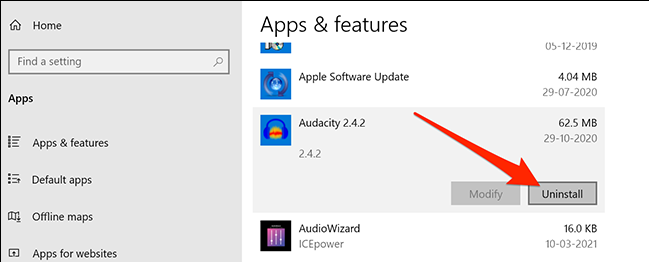
To get rid of the app, choose “Uninstall”.
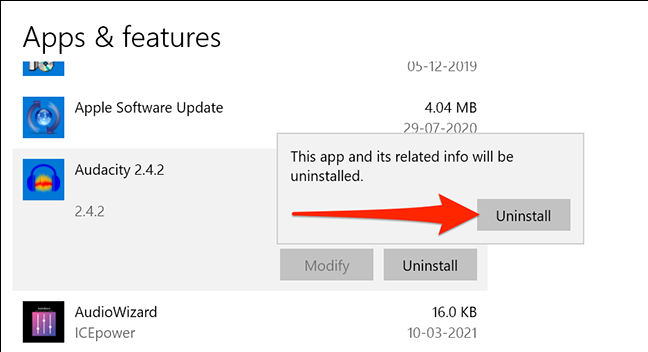
Check if the problem has been resolved by restarting your computer. If the problem persists, try the additional remedies listed below.
Reinstall the Display Drivers
Display drivers, according to Microsoft, are a common source of screen flickering. Reinstalling your display drivers is a simple solution.
Simply uninstall the drivers from your computer, and Windows updates will automatically restore them.
Microsoft suggests starting your computer in Safe Mode to reinstall your drivers. To do so, press Windows+i to enter “Settings” and then “Update & Security” in the Settings app.
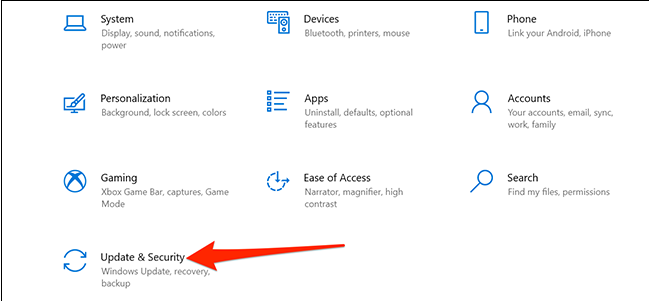
Click “Recovery” in the left-hand sidebar of the Settings box. On the right, locate Advanced startup and click “Restart now” beneath it.
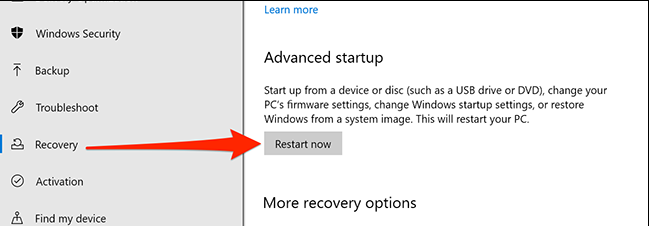
A blue screen will show with a few alternatives. On these displays, select Troubleshoot > Advanced options > Startup Settings > Restart.
To reboot your PC by Safe Mode, tap the “4” key on your keyboard. You’re in Safe Mode if you see the words “safe mode” written on your desktop.
Right-click the “Start” menu button in Safe Mode and choose “Device Manager.”

Click the arrow next to “Display adapters” in the Device Manager window. Select “Uninstall device” from the expanded menu by right-clicking the adapter that appears.
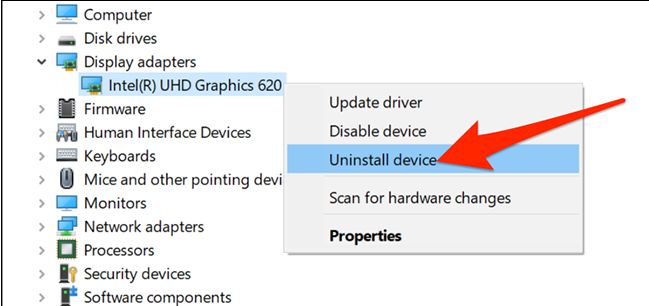
Enable the “Delete the driver software for this device” option in the Uninstall Device box. After that, select “Uninstall.”
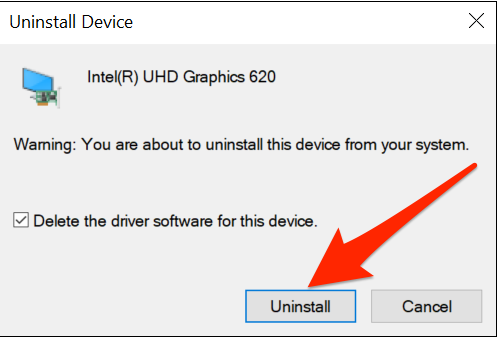
Reboot your PC.
Go to “Settings” and tap Update & Security > Windows Update > Check for updates and install any updates that are available.
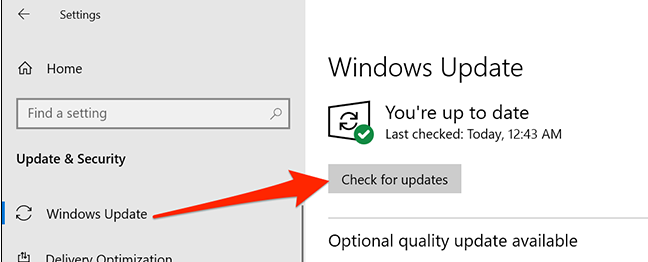
Your display drivers will be reinstalled by Windows.
Modify the Monitor’s Refresh Rate
The refresh rate of your monitor influences how frequently the content on your screen is refreshed. It’s possible that you’ve set a higher refresh rate and your monitor is having problems keeping up with it.
To alter the refresh rate, press Windows+i to bring up the Settings window, then select “System” from the drop-down menu.
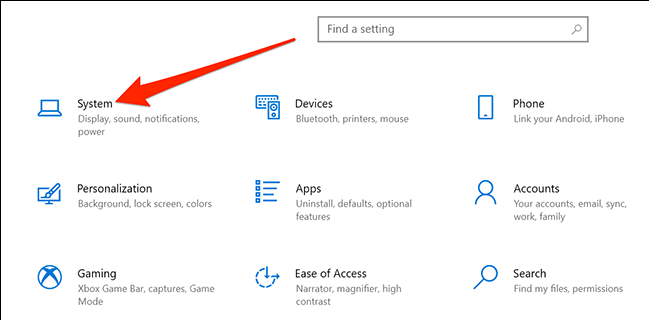
In the left-hand sidebar, select “Display.” Scroll down the right pane and click “Advanced display settings” under Multiple displays.
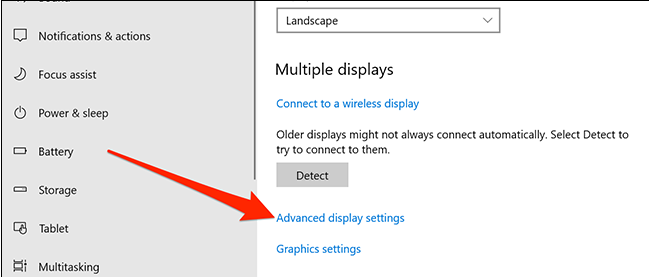
To change the refresh rate, locate the “Refresh rate” drop-down menu and click it. Try using a lower pace than the one you’re using now to see if it stops your screen from flickering.
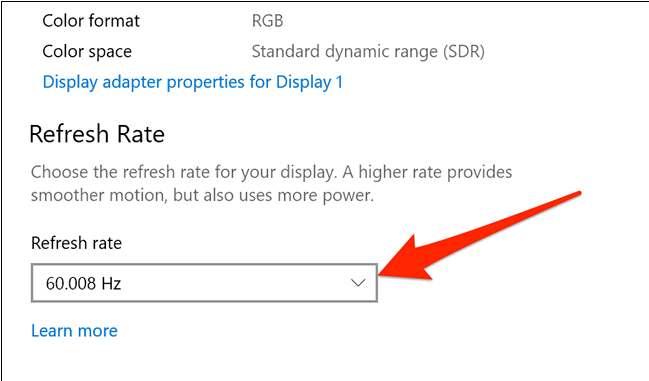
If none of these measures, including purchasing a better cable, solves your problem, your monitor may have a hardware problem. If your monitor is still under warranty, you should contact the manufacturer for assistance. It’s possible that your monitor’s hardware has failed.
In situations like this, it’s usually a good idea to seek expert assistance. A specialist may be able to diagnose the issue, and seeking assistance may be less expensive than purchasing a new display—depending on how expensive your display is.